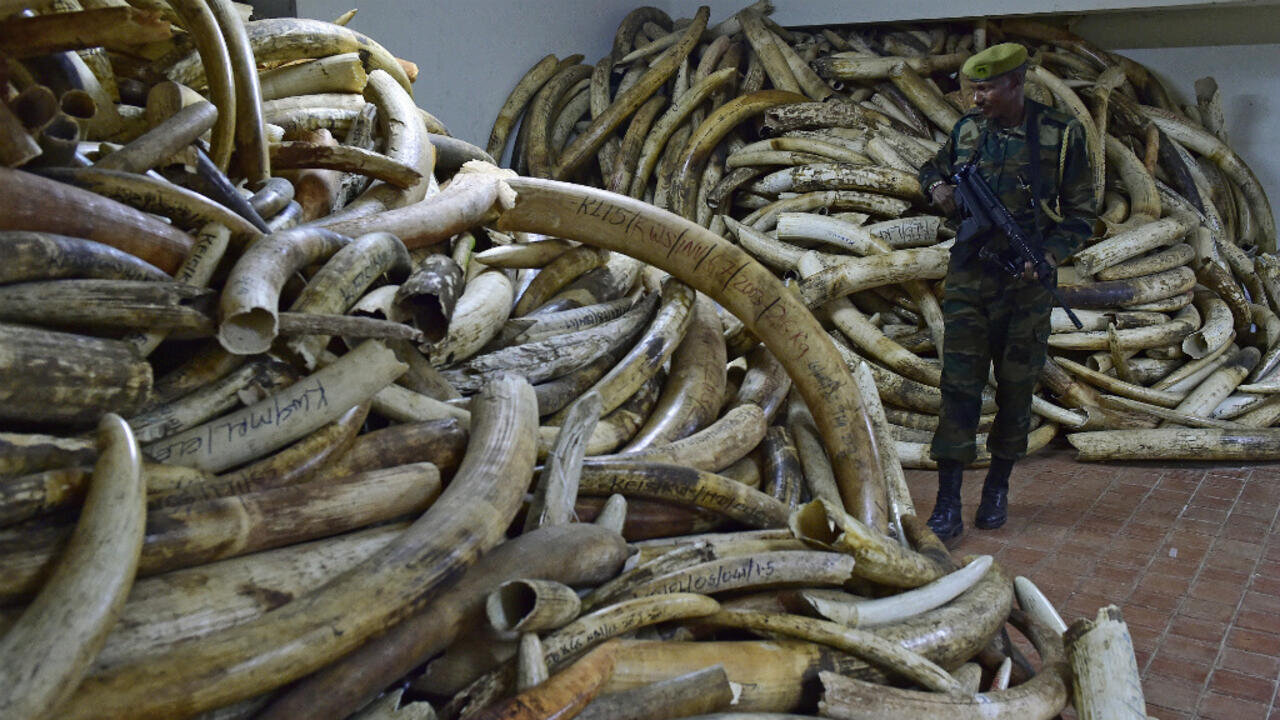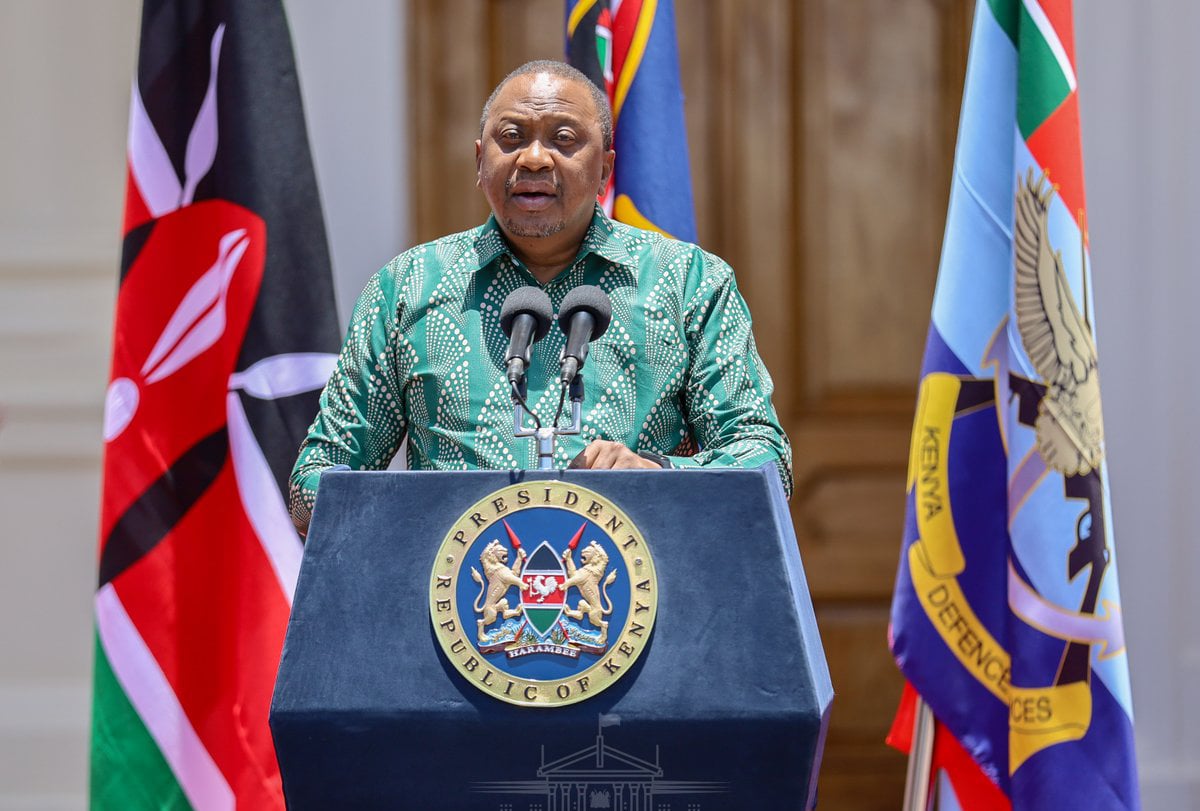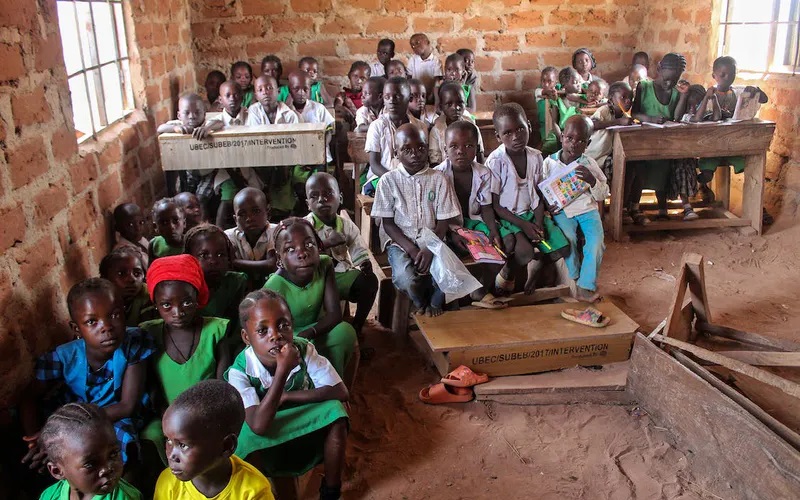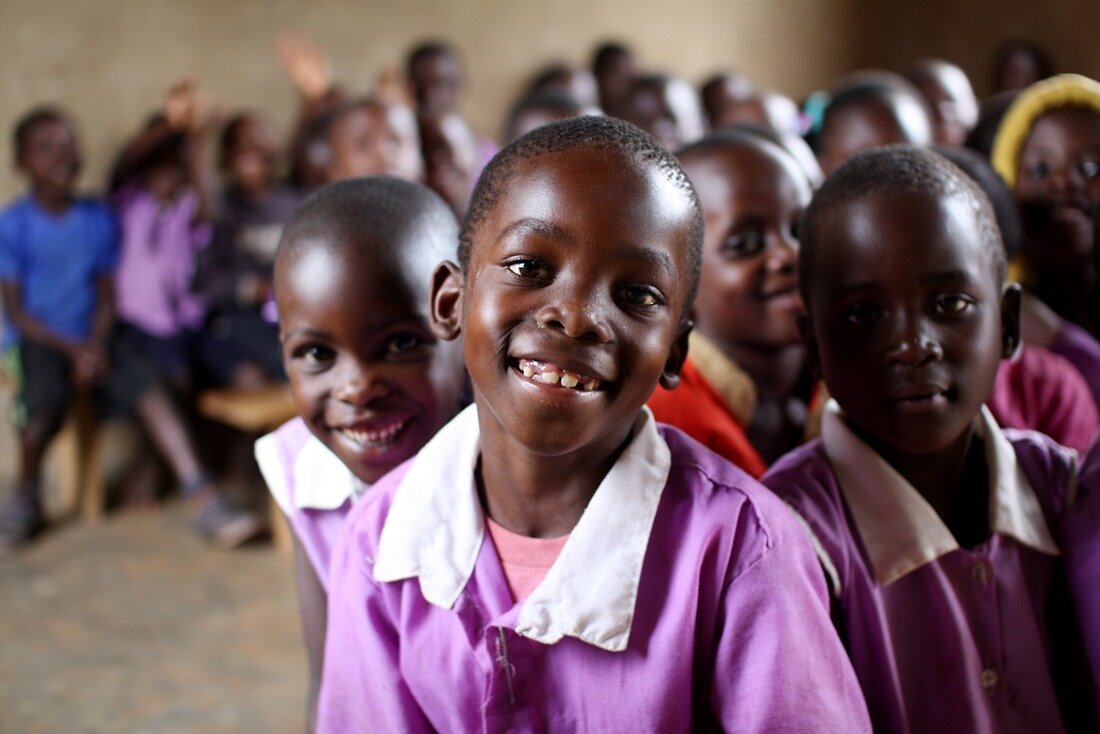
Overall, despite what has been by many accounts a difficult year, startups received 42% more funding in 2020 than they did in 2019. That said, with 10,468 startup companies getting VC funding in 2020, it’s only 83 companies more than were funded in 2019.
Meaning, the average amount of funding each company received in the respective years has gone up dramatically. While in 2019, the average amount raised by a startup in one funding round was $17.8 million, in 2020, that figure was $28.0 – almost 57% higher.
The figures are taken from Crunchbase for all venture capital funding rounds, including seed, pre-seed, and angel rounds, but excluding IPO, Debt Refinancing, Credit Note, Crowdfunding, and other types of funding rounds.
Startup funding by industry
Among industries that saw the greatest increase in VC funding received by startups that operate in them, the top three are Science and Engineering (+329.7%), Biotech (+187%), and Manufacturing (+113%). Curiously enough, Agriculture – an industry few associate with startups and VC – came in fourth with +112% growth in funding raised. Artificial Intelligence – buzzworthy as it is – is more than a buzzword, as not only the AI startups were able to raise +82% more in 2020 than they did in 2019, there were also almost 150 more AI companies that were funded last year than the year before.
The study aims to inspire leaders and entrepreneurs by showing that a solid business idea can succeed in any environment – even a global pandemic. 2020 was a challenging year for many industries, but the pandemic has also presented fresh opportunities in the world of business.



